The Hometown of Daniel Greysolon Sieur du Lhut: A Travel Guide
Part 1: Background
About five years ago I came across the article Du Luth’s Birthplace: A Footnote to History. In 1966, the author visited the French village where Duluth’s namesake was born and documented the few traces of him that remained. The article is well researched (all the quotes from Sieur du Lhut used here are taken from it) but the images are low resolution scans of black and white photos taken more than 50 years ago. I wanted to see more of what the place actually looks like.
And then I had a rather simple realization: I could get there over a long weekend. I grew up in Duluth but have lived in Europe for some time now. I like to occasionally create posts for Perfect Duluth Day as a way to stay connected to where I’m from, but there is only so much Duluth-related content one can create from a distance. This seemed interesting because it requires the distance.
About three years ago, I almost made it there, but my trip to the general region was cancelled at the last minute. This weekend, I’m going to have another opportunity and I think it will work this time [it did: I have added updated information in brackets and created a post about visiting his house and touring the area around it].
I’m looking forward to it. I’m going to have to go through a few cities along the way and they all look like quite picturesque places. That being said, I’m really not quite sure what to make of Sieur du Lhut himself or his connection to the city that bears his name. He did visit Duluth for perhaps about the same length of time as someone from the Cities on a North Shore trip. And his Wikipedia entry says that with his visit he became the first European known to have been in the area. So he does have some connection to the place that bears his name. But I suppose I can’t help but see it as a bit like if the Disney Corporation underwent a hostile takeover by a company based in China and somebody from the new company suggested that Disneyland be renamed for the first family from China that visited the theme park. You couldn’t really blame the family for that choice but the whole process might raise some questions for discussion.
And of course Du Lhut wasn’t visiting a theme park. He was, in his own words, coming to the area in order “to make peace with all nations around Lake Superior who dwell in the dominion of our invincible monarch.” His writings do suggest a sincerity in the peaceful approach to his colonial ambitions. He wrote that his main activity was “to hold meetings in the forest, at which I was present, in order to hunt together, feast, and thus draw closer the bonds of friendship.” On Friday, September 15, 1679, he notes having done this during “a rendezvous at the extremity of Lake Superior.” And that’s about all we know of Du Luht’s time in Duluth.
The larger context of what this French person and those that came after him were up to and what relationship they had with the locals is covered in books like Creating Minnesota: A History from the Inside Out and North Country: The Making of Minnesota. And Tony Dierckins has written about Du Lhut specifically in Duluth: An Urban Biography and in his essay about the naming of Duluth that he wrote for the Duluth News Tribune.
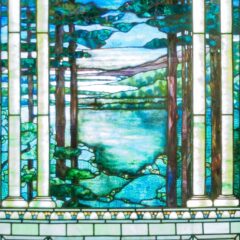 My own interest in visiting his hometown doesn’t come so much from an admiration of him as a person as from the fact that I don’t really think of him as a real person at all. When I think of him, what first comes to mind is the statue that I would see on the way to my mom’s office at UMD as a kid: a vague, lumpy figure holding a hot dog and pointing in the general direction of Woodland Avenue. But of course he was a real person and his name isn’t just the name of the city, but a part of hundreds of different brands with the city name in them, Perfect Duluth Day included. And he’s referenced even more directly in local places like Greysolon Plaza and Greysolon Road. And in local art like the Tiffany windows at the Depot and Les Uncomfortables, the opera based on his life. Visiting to his old house will hopefully change my thinking about him from a statue to a person. Specifically, a French person who grew up a long ways from Duluth. In my planning, I’ve come to realize that his journey to the city that now has his name must not have been an easy one, because even in the present day going in the other direction to where he was born looks like its going to be a bit of a challenge.
My own interest in visiting his hometown doesn’t come so much from an admiration of him as a person as from the fact that I don’t really think of him as a real person at all. When I think of him, what first comes to mind is the statue that I would see on the way to my mom’s office at UMD as a kid: a vague, lumpy figure holding a hot dog and pointing in the general direction of Woodland Avenue. But of course he was a real person and his name isn’t just the name of the city, but a part of hundreds of different brands with the city name in them, Perfect Duluth Day included. And he’s referenced even more directly in local places like Greysolon Plaza and Greysolon Road. And in local art like the Tiffany windows at the Depot and Les Uncomfortables, the opera based on his life. Visiting to his old house will hopefully change my thinking about him from a statue to a person. Specifically, a French person who grew up a long ways from Duluth. In my planning, I’ve come to realize that his journey to the city that now has his name must not have been an easy one, because even in the present day going in the other direction to where he was born looks like its going to be a bit of a challenge.
Part 2: Getting There
Step one of visiting the hometown of Daniel Greysolon Sieur Du Lhut is making sure you have the right town. A number of sources, generally citing references from before 1966, state that he was born in the Paris suburb of Saint-Germain-en-Laye. I wish that were true, because that city is a half hour train ride from the center of Paris. Unfortunately, there were some French translation issues that needed be cleared up in order to determine that he was born in Saint-Germain-Laval, a village with a similar name but located in a very different place.
The nearest major city to Saint-Germain-Laval is Lyon, which is two hours from Paris on the high speed train. But getting to Lyon is just the first step. The most reasonable second step would be to rent a car. But if you don’t have a valid license to drive in France, and I don’t, then it’s another two hours on regional trains to the village of Balbigny [there are two routes from Lyon to Balbigny: through Roanne or through St. Etienne. Which transfer point makes more sense depends on the time of day but you have to specify the route when buying a ticket because each route has a slightly different price. Also, trains connecting with Balbigny leave from two different stations in Lyon – Part Dieu and Perrache, so you get more options if you check the times for both stations].
And it seems that’s as close as public transportation will take you [this turned out not to be correct: it doesn’t appear on Google, but I saw the bus, and Line L22 runs between Roanne and St. Germain Laval a few times a day] , with still 10 miles left to the birthplace of Sieur Du Lhut. That’s kind of an awkward distance. It’s walkable, but I’m not sure I want to spend that much of my trip walking the French countryside. Daniel Greysolon most likely travelled the route at some point by horseback, but that’s not really an option for me, so I’m going to spend the night in Lyon and then rent an electric bike near my hotel to take on the train to Balbigny. And hopefully an hour after leaving Balbigny, I will arrive in Saint-German-Laval for my three o’clock check-in at the Auberge des Voyageurs [Google recommended that I bike on the D1 but the traffic was faster and heavier than I expected. I took the D38 on the way back and it was both quieter and more scenic.
Part 3: Sightseeing
If I actually succeed at Part 2 and arrive as planned, I will post Part 3 with photos of the area after the excitement of this year’s Homegrown Music Festival has died down and I’ve had time to organize my thoughts and pictures. If I do not succeed at Part 2, and I already see a number of reasons that I might not including upcoming French train strikes, then hopefully Part 3 will come within a few years when another opportunity arises. Or perhaps from someone else who makes use of the above travel guide [If you leave a comment, I receive an email, so if you do have the opportunity to make the trip and have any questions, feel free to ask in the comments, even if it is some time from now].
Recommended Links:
Leave a Comment
Only registered members can post a comment , Login / Register Here


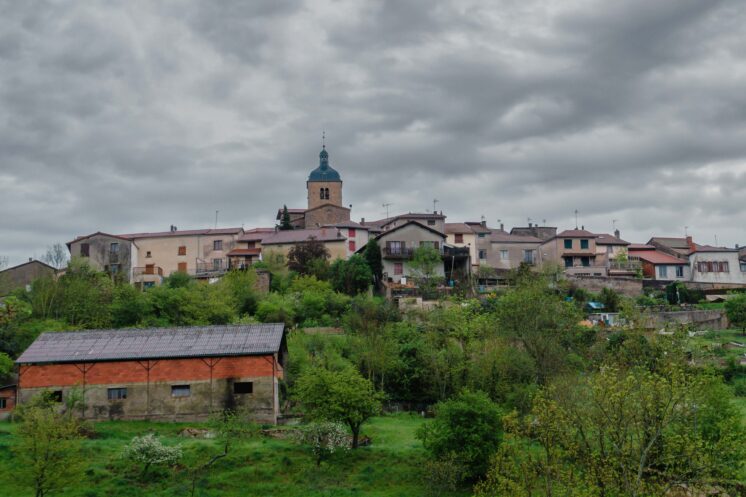
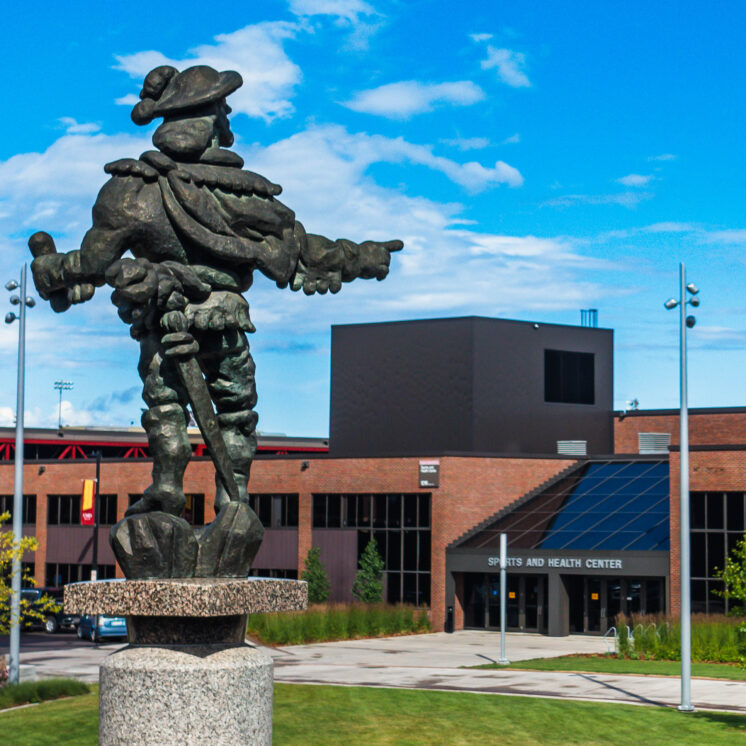

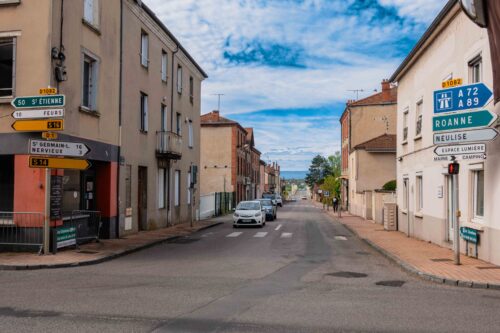
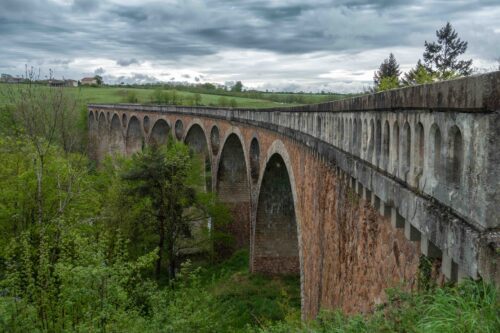
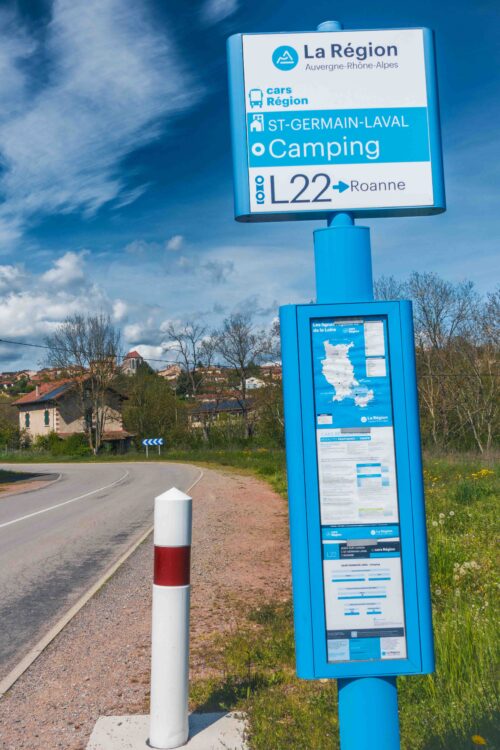
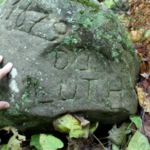


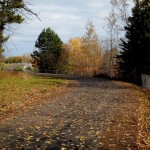








2 Comments
Eric Chandler
about 2 years agoMatthew James
about 2 years ago